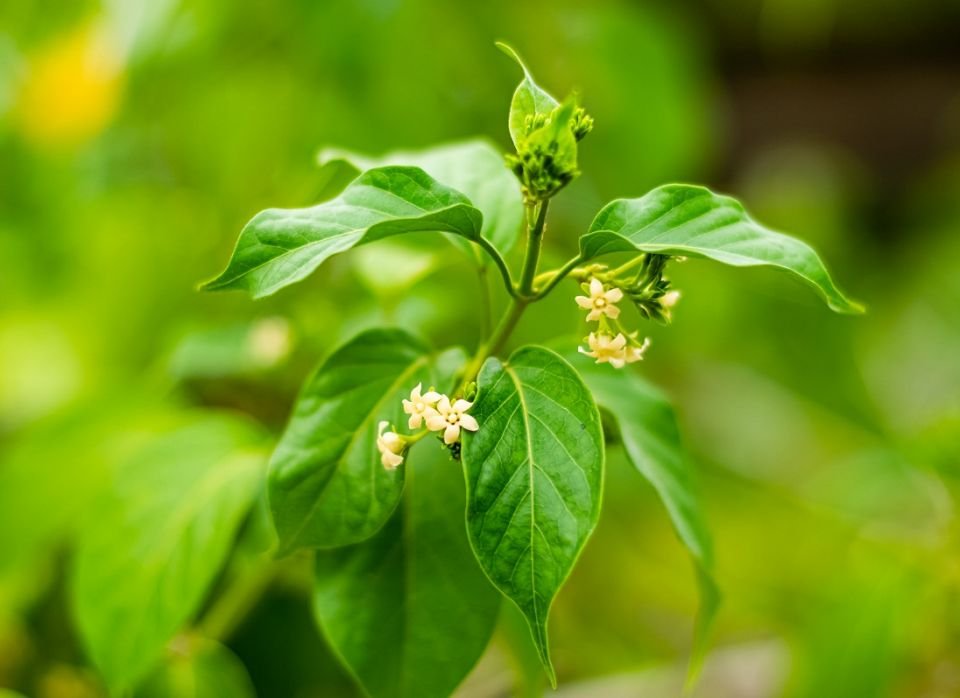Gymnema Sylvestre (scientific name) is a plant in the Apocynaceae family. This woody climbing shrub with elliptical leaves and small yellow flowers produced throughout the year is native to the tropical forests of India, Africa, and Australia.

Its leaves have been used in the ancient Indian medicinal practice Ayurveda for thousands of years. In Ayurveda, diabetes is referred to as “Madhumeh”. Why this plant is also called Madhunashini in Kannada or Gurmar in Hindi for “destroyer of sugar.” It is also called Meshashringi as the leaves are said to be shaped like ‘goat horns’. In Australia, this plant is called Cowplant. Another name for it is Perrpioca of the Woods.
In Ayurveda, diabetes is referred to as “Madhumeh”. Why this plant is also called Madhunashini in Kannada or Gurmar in Hindi for “destroyer of sugar.”

This herb is thought to inhibit sugar absorption because its leaves contain triterpenoid saponins, flavanols, and gurmarin, the sweet taste-suppressing polypeptide.
A very effective herbal medicine to control diabetes naturally, Gurmar helps in reducing sugar cravings and achieving better control over blood sugar levels. It activates the pancreas and helps it secrete a balanced quantity of insulin, by which extra glucose gets converted into Glycogen.
Blocks sugar receptors
One of the primary active components in this plant is Gymnemic acid, which helps suppress sweetness. When consumed, the acid blocks the sugar receptors on your taste buds and reduces sugar cravings, thus making sweet foods less appealing. The sugar blocking effect of Gurmar works very quickly but is not permanent; it is estimated to last up to one hour from the time the herbal supplement is taken.
Gurmar can also block receptors in your intestines and thus sugar absorption, and thus can help in lowering your post-meal blood sugar levels.

